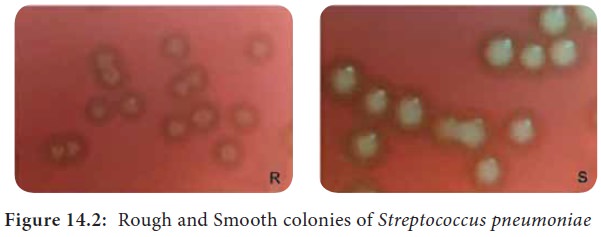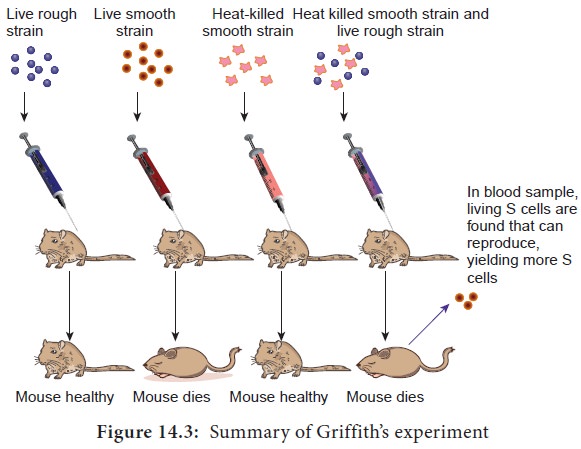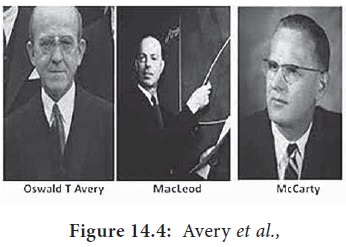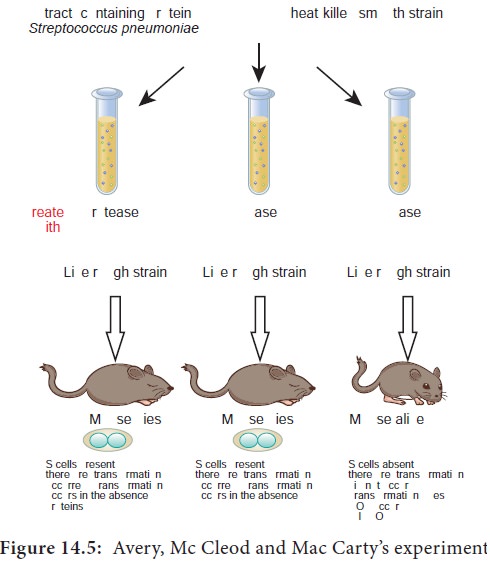Chapter: 11th Microbiology : Chapter 14 : Microbial Genetics
Genetic Information is Stored in DNA
Genetic Information is Stored in
DNA
Microorganisms are diverse in nature. A particular bacterium can
be identified based on certain characteristics. When a bacterial cell grows and
divides, it gives rise to cells with similar characteristics. Have you ever
pondered as to why some of the characteristics of progeny cells are similar and
a few dissimilar?
In the middle of the 19th century it was assumed that
there was some particle present somewhere in the cell which was the controlling
factor to carry the characteristics from one generation to another.
Genetics, a branch of science aims to understand the working of
the controlling factor. The factor governing the transfer of information is now
very well known as Gene. Gene can be defined as a unit of heredity which is
transferred from parent to progeny.
Although there were experiments to prove the inheritance pattern
due to gene, there was no real understanding of the molecular nature of the
gene. Work of Frederick Griffith introduced the transforming principle which
was further confirmed as Deoxyribonucleic acid (DNA) by experiments of Avery,
Mac Leod and Mac Carty in 1944 followed by Hershey and Chase in 1952.
Frederick Griffith’s Experiment
In 1928, British bacteriologist Frederick Griffith (Figure 14.1)
was trying to develop a vaccine against pneumonia. In his experiments Griffith
used two related strains of Streptococcus
pneumoniae (Figure 14.2).


1. Rough strain (R) – avirulent, non-capsulated strain, forming
rough colonies on culture media.
2. Smooth strain (S) – virulent, capsulated strain (resists
phagocytosis), forming smooth colonies on culture media.
Griffith injected live smooth strain into mice which caused
disease and killed it. When he injected live rough strain into mice, it did not
cause disease and mice remained alive. He heat killed the smooth strain and
injected into mice, the mice remained alive. But the experiment gave surprising
results when a mixture of harmless live rough strain and heat-killed smooth
strain was injected into mice. Griffith observed that the mice developed
pneumonia and died. Further, when he analysed the blood sample from dead mouse,
he found that it contained live smooth strain. This accidental discovery made
Griffith to conclude that the rough strain changed (transformed) into smooth
strain by taking up a substance which he called a “transforming principle” from
heat killed smooth bacteria. This phenomenon is called “Bacterial
Transformation” Griffith’s experiment is summarized in Figure 14.3.

Oswald T. Avery, Colin Mac Leod and Maclyn Mc Carty’s Experiment
Griffith’s experimental results led to the curiosity to explore
the transforming principle. Avery and his colleagues (Figure 14.4) used the
extracts of heat-killed smooth bacteria and treated it with enzyme protease,
RNase, DNase to eliminate proteins, RNA and DNA respectively. Each of the
treated extracts were mixed with live rough bacteria and injected into mice.
The mice injected with a mixture of DNase treated extract and live rough strain
did not die. This partially proved that DNA was responsible for changing the
rough strain of Streptococcus pneumoniae bacteria into smooth
bacteria. Avery et al., experiment is summarized in Figure 14.5. Later Hershey and
Chase’s experiment on T2 bacteriophage confirmed that genetic information is
present in DNA.

These important early experiments and many other lines of evidence have shown that DNA bears the genetic information of living cells and it is responsible for transfer of characteristics from one generation to another.

This is true in all organisms, the notable exceptions being RNA viruseswhich store genetic information in RNA. The understanding of
DNA’s role in heredity has led to variety of practical applications including
forensic analysis, paternity testing and genetic screening.
Related Topics